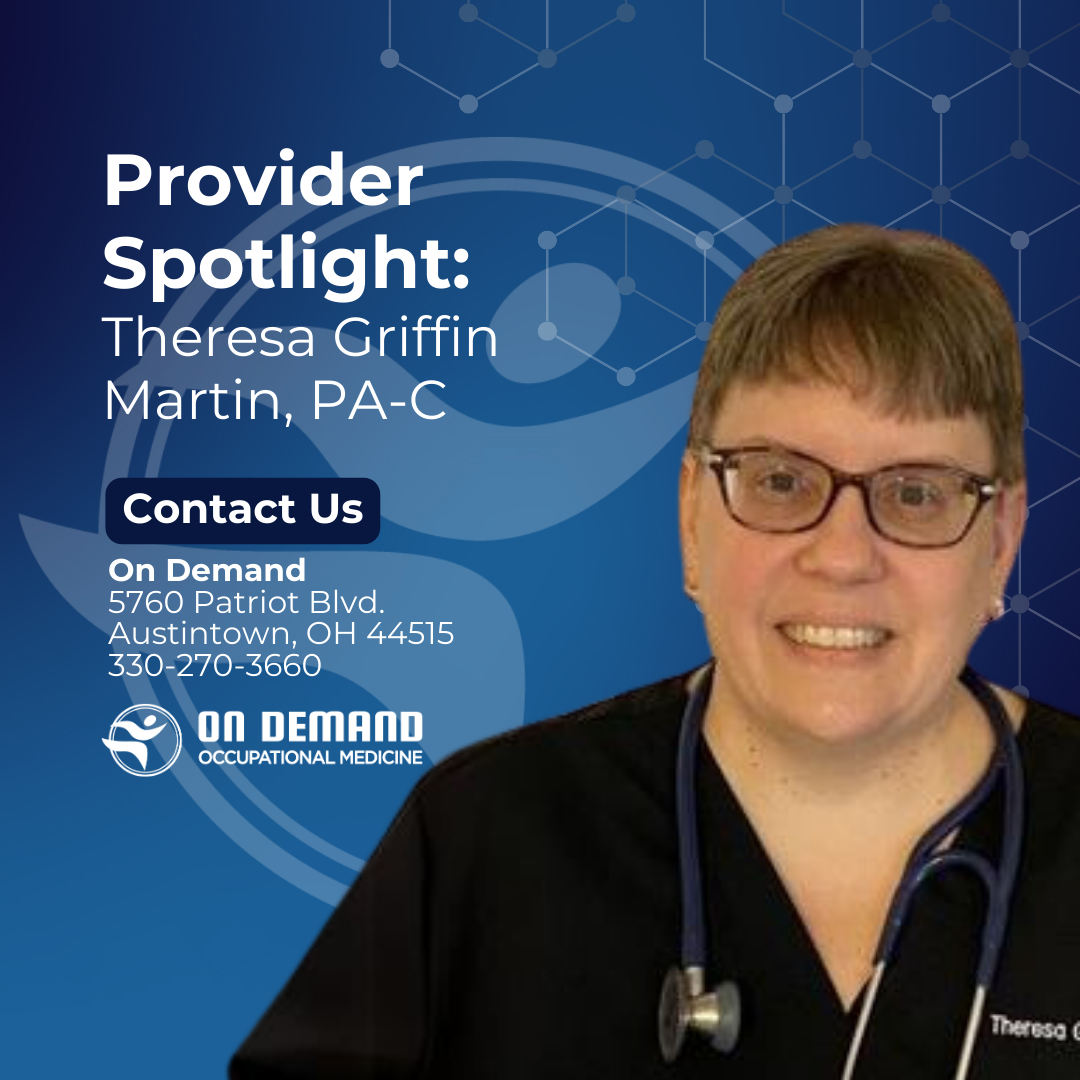Investing in Your Employees
EAP – Employee Assistance Programs
In a manufacturing facility in Northeast Ohio, a husband and father of four walks into a plant that he spends more time at than his own home. He knows where he’s going, he knows each step it takes to get to his station, and he knows who he’ll pass on his way. He knows Jimmy, whose wife just had a baby, and the dark circles under his eyes make him laugh as he remembers those days so well. He nods to his supervisor who returns the greeting as he walks by. This man knows his job, a job he has been coming to for almost two decades, he doesn’t cause problems and gets along with just about everyone. After an hour or 2 of work, he takes his first break and walks to the nearby restroom. In the restroom, he rolls up his sleeve and sees the scar tissue from years and years of use. He gets out his needle, pre-filled, and within just a few minutes he is back out on the job knowing within a couple of hours, he will be back in this stall again.
A woman, close to retirement age, sits in a car in the employee parking lot. She sits there staring ahead of her, memories of her past all running together. She feels the tears stream down her face as she realizes, for the hundredth time, that there will be no more memories like these since her husband died four months ago. She tells herself she should be over it by now, that the pain in her chest should have eased up but she just can’t seem to get past this. She grabs her purse to put on fresh makeup and a smile, takes a deep breath and opens the door to walk into the office.
The arguing can be heard three houses down, it’s become a nightly occurrence at this point. It sounded like something hit the wall again. As the front door opens a tall middle-aged man can be seen storming out to his truck, yelling the whole way. In the doorframe stands his wife, screaming about him working midnights and leaving her to deal with the house and the kids alone. He can be heard shouting that he’s late for work as he throws the truck into reverse and peels out knocking over a trash can on his way. At the stop sign the next road over, he reaches into the console and pulls out a fifth of whiskey, just a few sips before work and he will be ok, the shaking will stop, just a few sips.
Scenarios like these are playing out in workforces across America every day. Millions of people are going to work while battling something no one else knows about and for the most part, staying focused isn’t that hard to do. It’s impossible to think we can work as robots, with no regard for the emotional situation awaiting us at home. The question remains, what happens when these situations become too much to handle? When we can’t focus and we become overwhelmed? Often our work begins to tell the signs of our struggle long before our mouths ever will.
Many companies, organizations, and businesses have implemented employee assistance programs to help employees who are struggling. Our job as EAPs is to help individuals get back on track when life throws them a curveball. Many people are doing just fine, they have processing skills, a good social support network, and coping mechanisms in place to help buffer against the negative occurrences in life. Other times we see those who are truly struggling with mental health or substance use disorders and require the help of licensed professionals to diagnose, treat, and possibly medicate. Employee Assistance Programs are in place to help shine a light on all these people who rest somewhere in the middle. They aren’t diagnosable but they aren’t ok either. An EAP is a bridge that will help with the skills and insight as well as tools and referrals to help get people back to where they need to be.
So, what is an EAP?
An Employee Assistance Program (EAP) is a work-sponsored program that offers its employees confidential assessments, temporary or short-term counseling when appropriate, referrals if needed, and follow-up services to employees who are struggling with problems at home or on the job. EAPs deal with a myriad of issues including alcohol or substance use, stress, family issues, grief, and anything that is affecting their mental and emotional well-being.
EAPs also create an environment of increased communication for employers. As consultants to an HR department or management, EAP counselors also work to address business or organizational struggles as well as employee needs. Through training, policy development, and one-on-one consultation, an EAP professional is your partner when it matters most. It is not unusual to see EAPs actively helping employers and employees to cope with critical incidents and workplace violence, instilling preventative measures, and helping handle certain urgent response situations.
Enlisting the services of an EAP should be at no cost to the employee. This is a 100% work-sponsored service. While insurance isn’t billed for this service, many employer plans include EAP availability. Please check with your insurance provider to see if this is something available to you. Employers also have the choice of selecting their own EAP service that fits the needs they have. Another option would be to hire your own internal EAP. Hiring a provider in-house means they could adapt to the organizational climate and offer services that are closely aligned with your goals. No matter which option you go with, you should assess the needs of your employees before moving forward.
To successfully launch an EAP in your business or organization, you will need to assess and identify what your employees will benefit most from. Starting with a survey of both employees and management is a good place to start. Are you seeing high turnover rates, are employees disengaged, are there high rates of disciplinary action being taken? Many factors play out on the job that can lead to low morale on all levels. Once a survey has been completed, review the answers with the EAP professional, and discuss with them what the best way is to move forward.
Once you start the program, expect the need to pivot. The program can remain fluid as you figure out what works best. Even after you engage in a program, you should re-assess what’s working and what’s not, so you can support your team effectively. Also, one of the best ways to get employees to engage with this service is to encourage supervisors to engage first. There is a level of trust your employees will need to put forth to use the program. They will question if it is truly confidential and for any EAP to work, confidentiality cannot be compromised. Remember your employees and your organization are unique; look at your industry, the required work pace, community resources, and even environmental factors which can all play a role in creating a successful program.
Once a program is in place there are two ways for an employee to engage in the services. Either through a self-referral or through a management referral. For self-referrals, companies are often not notified of the service that has been utilized or at least not by whom since these issues are usually more personal. When an employee’s work performance has been affected, HR or a supervisor may request the intervention of an EAP. Even with this type of referral, the information provided to the employer will be concise to maintain the integrity of confidentiality.
Remember the goal of the EAP is to create more sustainable workforces with consistency and care for the individuals themselves. It takes a lot of pieces to make a company whole, an EAP helps to put those pieces together. No matter which direction you go with for your program, never forget why it’s important. For the person battling addiction, for the ones dealing with grief daily, for the ones drowning in stress, an EAP can be a lifesaver. An employer may be the only one who’s able to give them the tools they need to survive another day. Investing in an EAP means investing in your most important resource – your employees.
Ruth Bowdish, MSPsy, LICDC, CEAP, SAP




